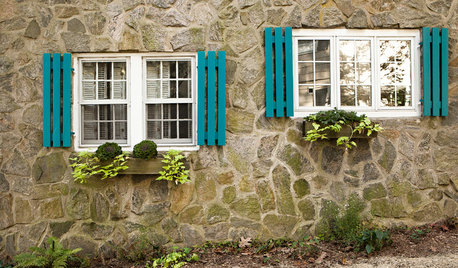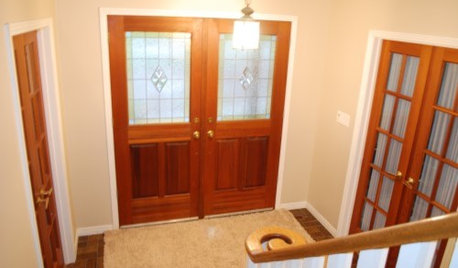Help me select a seed mix of cool season grasses
peachespoe
10 years ago
Related Stories

GARDENING GUIDESHow to Plant a New Lawn From Seed
Choose from more grass varieties and save money over sod by starting your lawn from seed
Full Story
GARDENING GUIDESGreat Design Plant: Purple Needle Grass, California’s State Grass
The long-lived, drought-tolerant Stipa pulchra is as admired for its benefits as for its good looks
Full Story
CENTRAL PLAINS NATIVE PLANTS10 Top Grasses for the Central Plains
Low-maintenance grasses provide seasonal interest and wildlife habitat, and aid good design
Full Story
GARDENING GUIDESSeeds or Seedlings? How to Get Your Garden Started
Growing delicious herbs and vegetables starts with knowing your goals and when you want to plant
Full Story
INSPIRING GARDENSInside Houzz: A Waterfront Property Ditches the Grass for a Garden
New drought-tolerant plantings and outdoor gathering spaces help this California backyard take in the view without wasting space or water
Full Story
GARDENING GUIDES5 Great Grasses for a New Lawn
Learn about maintenance, wear tolerance, ideal climate and more for these top turf choices to pick the right one for you
Full Story
LANDSCAPE DESIGNIs It Time to Consider Fake Grass?
With more realistic-looking options than ever, synthetic turf can be a boon. Find the benefits and an installation how-to here
Full Story
COLORPick-a-Paint Help: 11 Ways to Mine Your World for Colors
Color, color everywhere. Discover the paint palettes that are there for the taking in nature, shops and anywhere else you roam
Full Story
EARTH DAYHow to Help Your Town’s Beneficial Birds and Bugs
Make a habitat using local materials to provide a home to the creatures that help our gardens
Full StorySponsored
More Discussions








tiemco
peachespoeOriginal Author
Related Professionals
Maple Valley Landscape Architects & Landscape Designers · Wrentham Landscape Architects & Landscape Designers · Brentwood Landscape Architects & Landscape Designers · Bethlehem Landscape Contractors · Norwood Landscape Contractors · Dudley Landscape Contractors · Fuquay-Varina Landscape Contractors · Gresham Landscape Contractors · Inglewood Landscape Contractors · Miller Place Landscape Contractors · North Ridgeville Landscape Contractors · Olympia Landscape Contractors · River Ridge Landscape Contractors · Riverview Landscape Contractors · Saint John Landscape Contractorsdchall_san_antonio